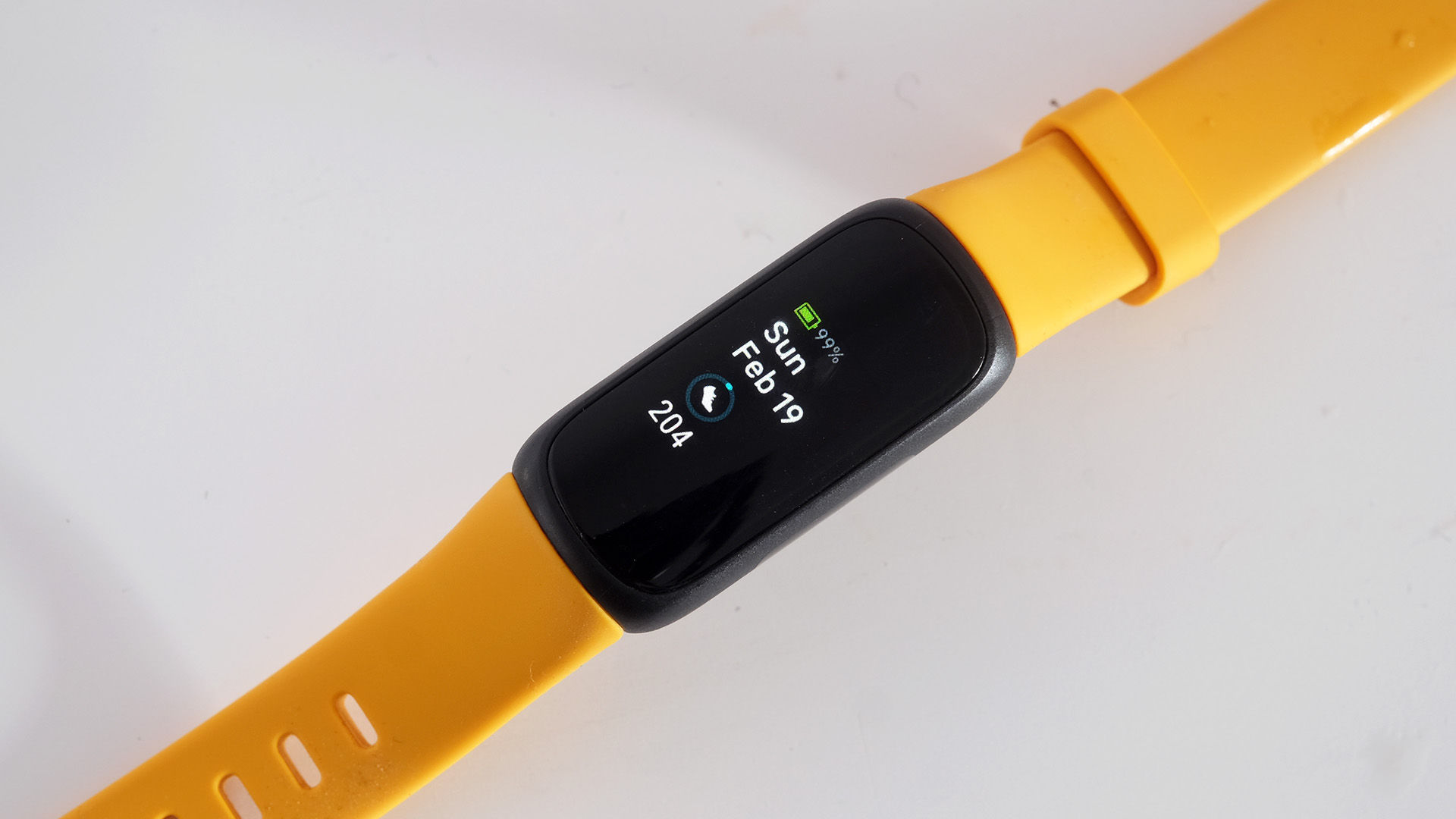Live Science Verdict
The Fitbit Inspire 3 is a fun-to-use fitness tracker that fixes all the key issues of its predecessor. However, comparable bands from other brands cost significantly less.
Pros
- +
Long battery life
- +
Much-improved screen
- +
Light and comfortable
Cons
- -
Basic fitness features
- -
Phone connection can be shaky
- -
More expensive than comparable alternatives
Why you can trust Live Science
The Fitbit Inspire 3 is one of the brand's most basic fitness trackers. But could it be the company's best?
Software: Fitbit OS
Compatibility: iOS and Android
Battery life: Up to 10 days
Display type and screen size: 0.76 inch OLED
GPS: No
Water resistance: Up to 50 meters
Heart rate tracker: Yes
Sleep tracker: Yes
Music: No
While the Fitbit Inspired 3 has far fewer features than the Fitbit Sense 2 or Fitbit Charge 5, it leans into what Fitbit does best, while getting rid of several awkward compromises in the older Inspire 2 model.
It's slender, ultra-comfortable and has enough gloss to come across as pared-back and simple. It's not painfully short on features either. The main problem is that other companies produce roundly comparable trackers for half the cost — or even less.
The Fitbit Inspire 3 is not a flat-out bargain, but it is one of the most likable, slim fitness trackers on the market and one of the best fitbits we've tested.
Price and release date
The Fitbit Inspire 3 launched in September 2022 as a fairly major refresh of the Inspire 2 from September 2020.
It retails at $99.99/£84.99, though it has already been spotted online selling for significantly less during sales periods. A six month subscription to Fitbit Premium is included too — worth $60/£48 at the subscription's full price.
Design and display
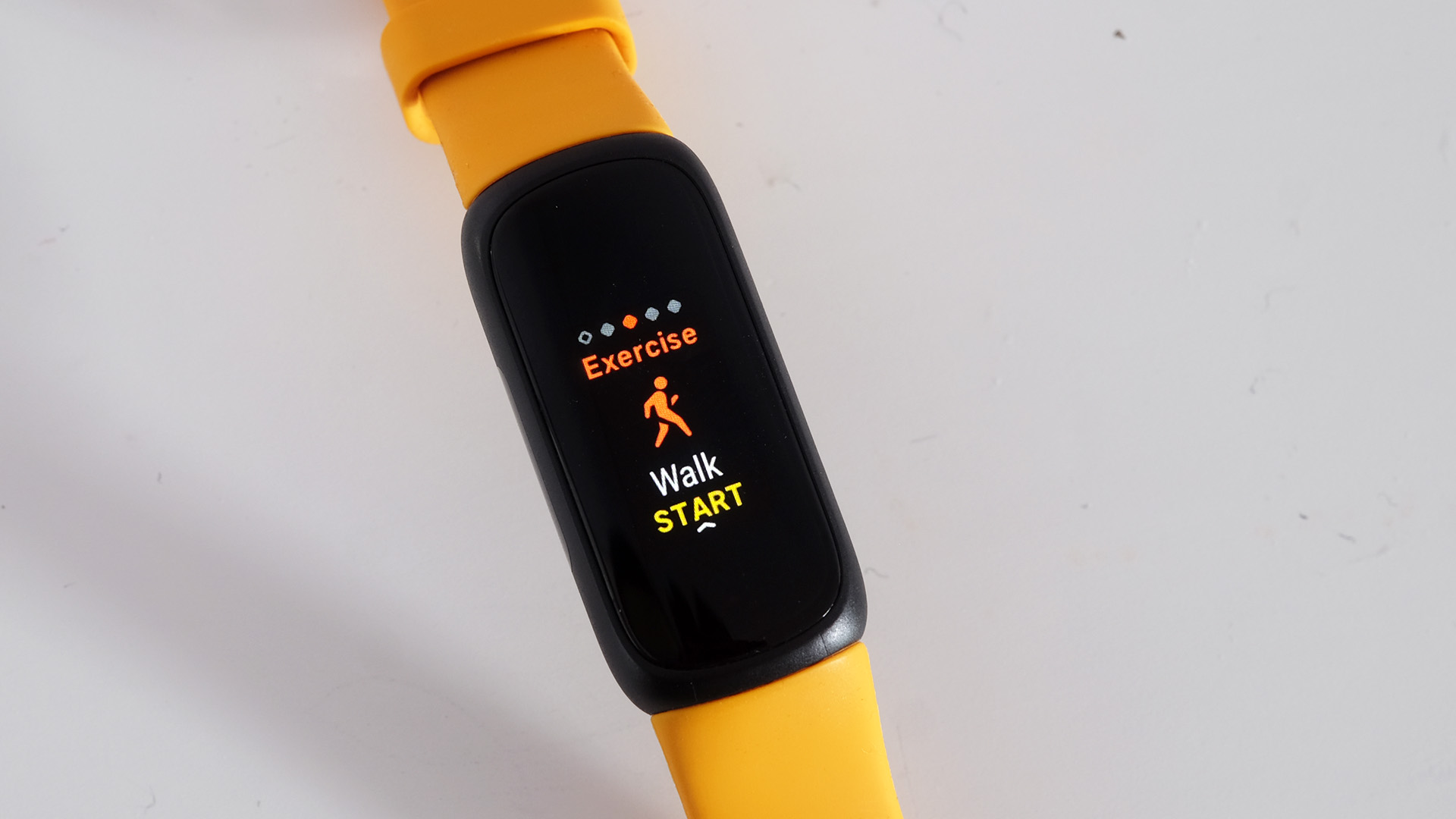
One thing has happened with the Fitbit Inspire 3 more than any other big-name wearable we've used in the last 12 months: We've forgotten we're wearing it more times than we can count. This is a sign of how light and comfortable the Inspire 3 is.
That "set and forget" style is exactly what you want in a passive fitness tracker — one you buy mostly for everyday activity tracking.
However, it is actually the least passive of the Inspire watches so far, thanks to the Inspire 3's full colour OLED glass screen. It has enough brightness to function in direct sunlight and far more character than the relatively blocky monochrome screens of previous generations. It also has an "always-on" mode, which makes the Inspire 3 a pretty neat little watch. This keeps the watch face on all day, if dimmed, so you can see the time.
We have the orange strap version of the Inspire 3, and the default watch face matches the strap colour in its clock display.
This tracker uses a touchscreen, but there are little sensors on the sides, marked by little glossy areas. When you put your finger and thumb to both of these, it acts like a "back" button on your phone. It initially feels like you have to squeeze the Inspire 3 to make this work, but you don't. It can seem a bit fiddly too, but you don't have to use it as often as you think.
Features
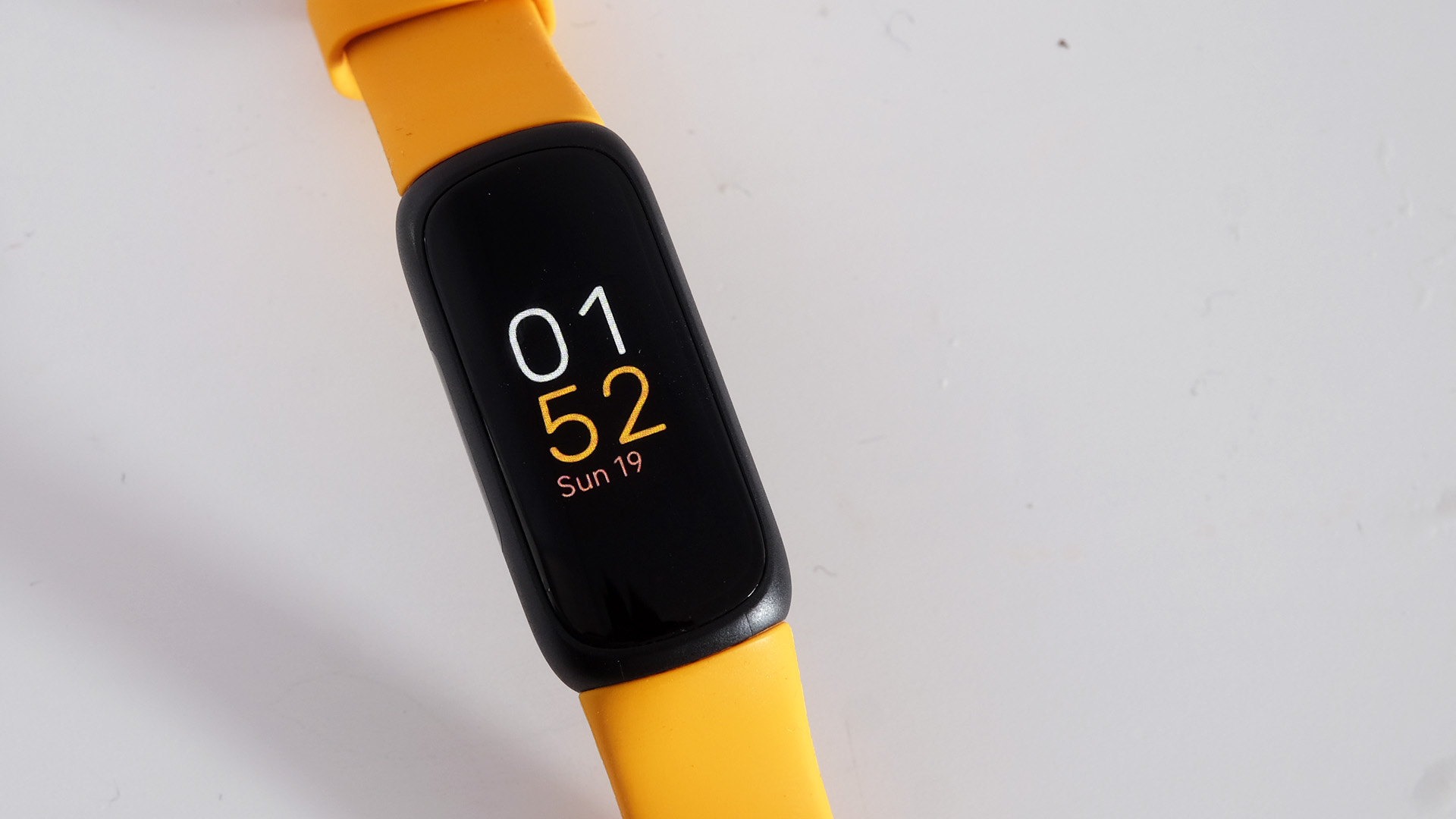
The Fitbit Inspire 3 lacks a stack of the features you'll find in more premium models like the Fitbit Sense 2: There's no GPS, ECG heart health monitor or EDA stress sensor. You can't make wireless payments using NFC or talk to a virtual assistant, because there's no speaker or microphone.
However, there's only one feature the Fitbit Inspire 3 actually feels like it's missing — an altimeter. These can count the stairs you climb, or the mountains you climb, but expressed as flights of stairs.
So what does it have? It counts your steps, measures your heart rate 24/7, and tracks your sleep. It'll record your blood oxygen saturation and uses a Fitbit metric called zone minutes as a way to track how much you exercise each week. You get double zone minutes points when you work out harder, making runs count more than walks.
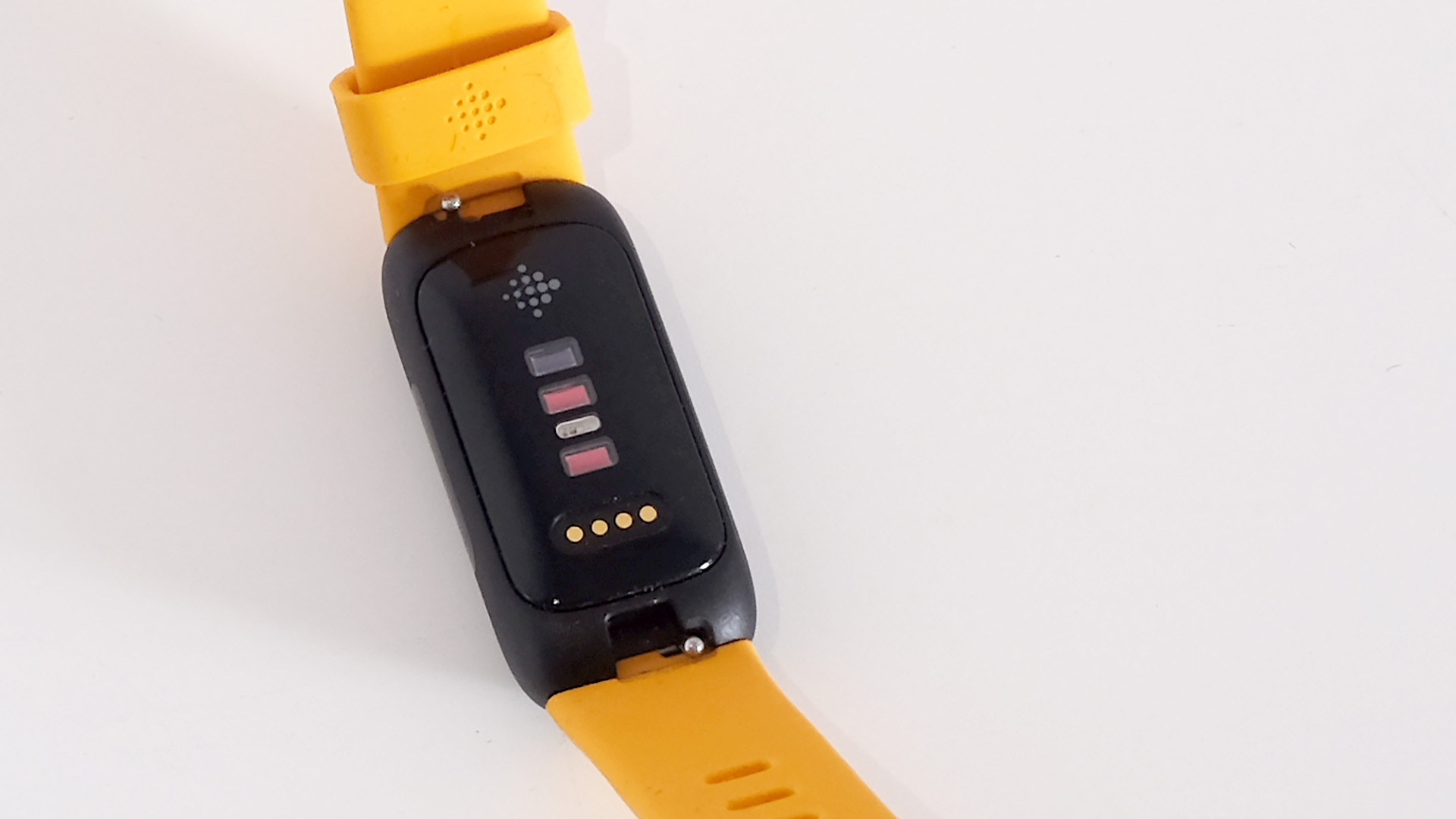
You can check out your daily stats just by flicking up and down the touchscreen. Swiping left and right takes you to the additional features — the exercise modes, alarm, timer and relaxation mode. The latter takes you through guided breathing exercises using the Inspire 3's vibrate motor to show you when to breathe in and out. The band will also receive notifications from your phone. There's obviously not much room on the screen for text, but we found notification handling here surprisingly okay as the display resolution is quite high, and scrolling through the message contents is fast and smooth.
It's a light array of features, and it's probably more convenient to set alarms and timers on your phone anyway. However, you're still left with Fitbit's simple exercise tracking, and the Inspire 3 will do so automatically as it has auto detection for runs and walks.
You might actually want to turn this off if you have a regular exercise schedule, as otherwise your Fitbit app is at risk of getting bombarded by walking sessions, as ours has. Fitbit also plans to get rid of some of the neater Fitbit platform features just a few weeks after we are writing this review.
Performance
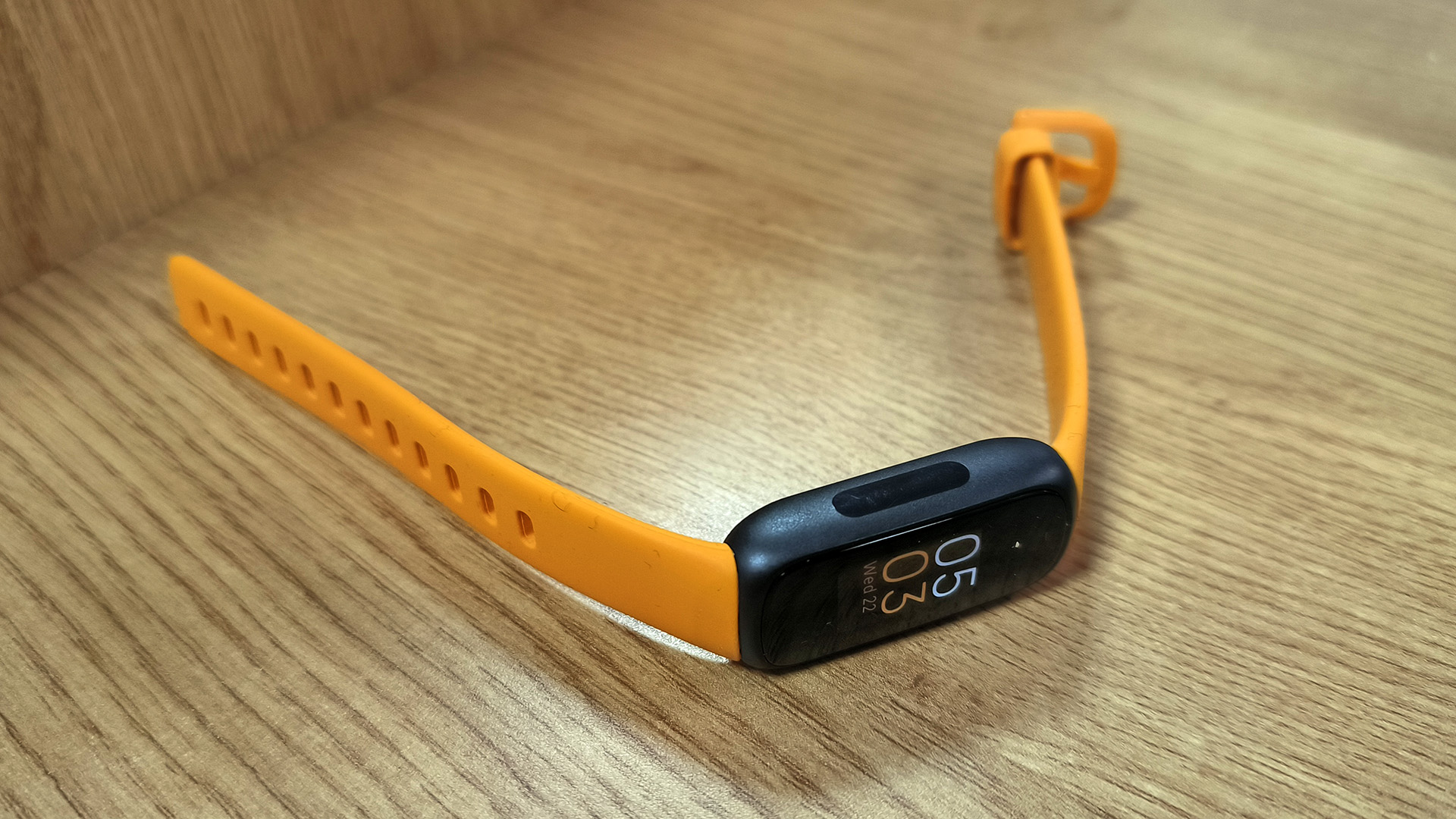
The Fitbit Inspire 3 is clearly not a hardcore exercise watch, but you can make it feel a bit more like one using connected GPS. This is where the watch takes location data from your phone's GPS in order to show accurate pace and distance stats.
We went on a 50 minute run with the Inspire 3 and Garmin Fenix 7 Sapphire Solar and their total distance readings were unnervingly close — within 100 meters of each other. However, our second workout brought out an issue we had with the Inspire 3: It didn't connect to the phone's GPS, leaving it to use its motion sensors to judge distance and pace. This time the stats were way off the Garmin.
We also had some issues with data not updating properly on the watch. It registered only one out of five planned exercise events for the week. We also had trouble getting notifications to work. However, these seemed to iron out after we forced the Fitbit app to flush out its data.
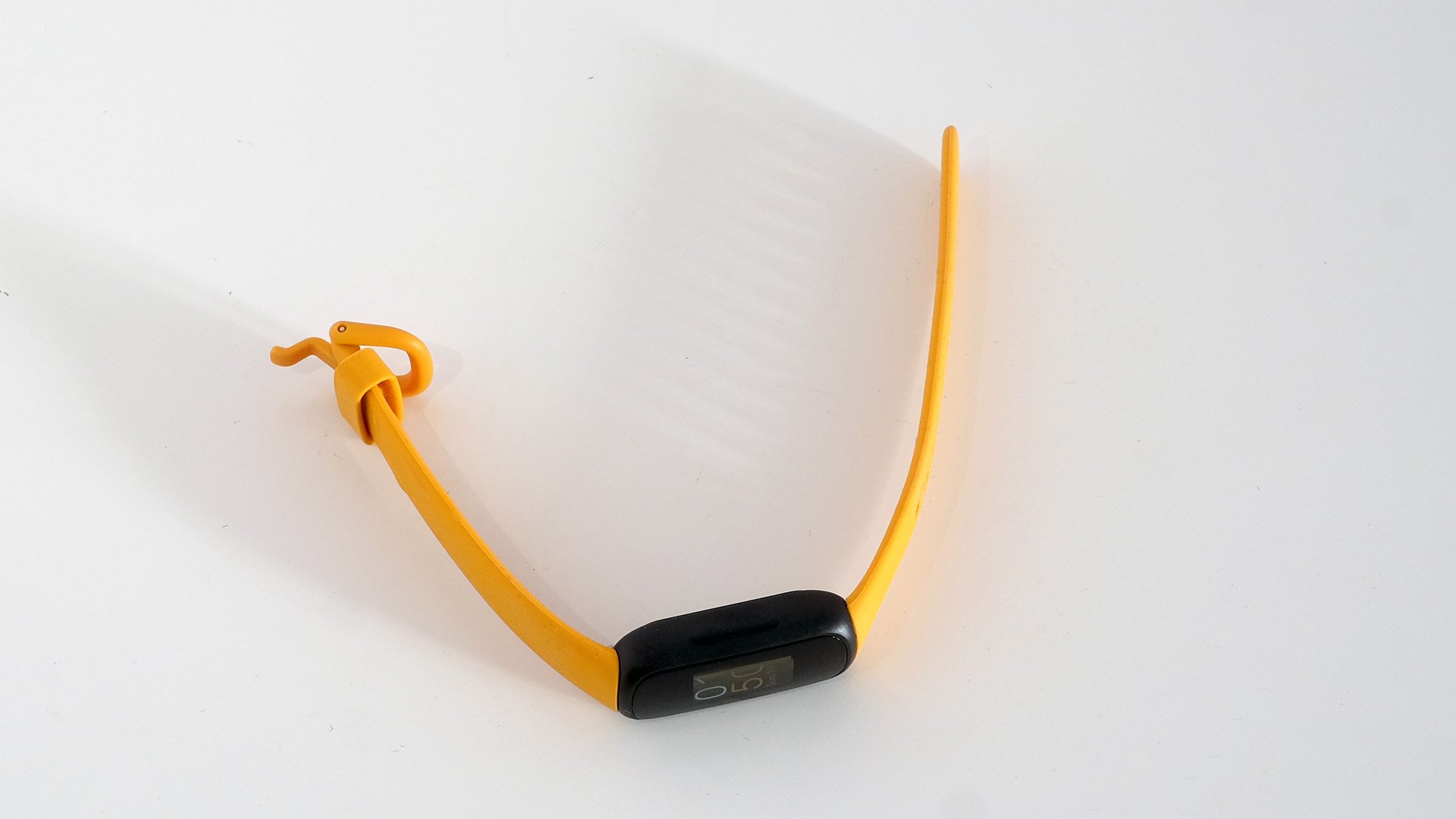
The experience we had with the Fitbit Inspire 3's heart rate readings are pretty similar to those of the higher-end Fitbits. It looks like they share the same hardware, so you can expect very good resting heart rate readings. During exercise, however, it's pretty patchy. Readings are typically off for the first handful of minutes as it effectively finds its groove. For fairly consistent workouts, like everyday runs, it then performs okay. However, it can't keep up with interval-based workouts anywhere near as well as an Apple Watch.
It does far better in another area: Battery life. Fitbit says it can last up to 10 days between charges. However, we've used it almost exclusively in its "always on" mode, where the screen stays lit all day apart from night-time hours. Used like this, the Fitbit Inspire 3 appears to last up to five days, which is very good in our book. It certainly gets you away from the every-day charging headache of some of the most advanced smartwatches.
Verdict
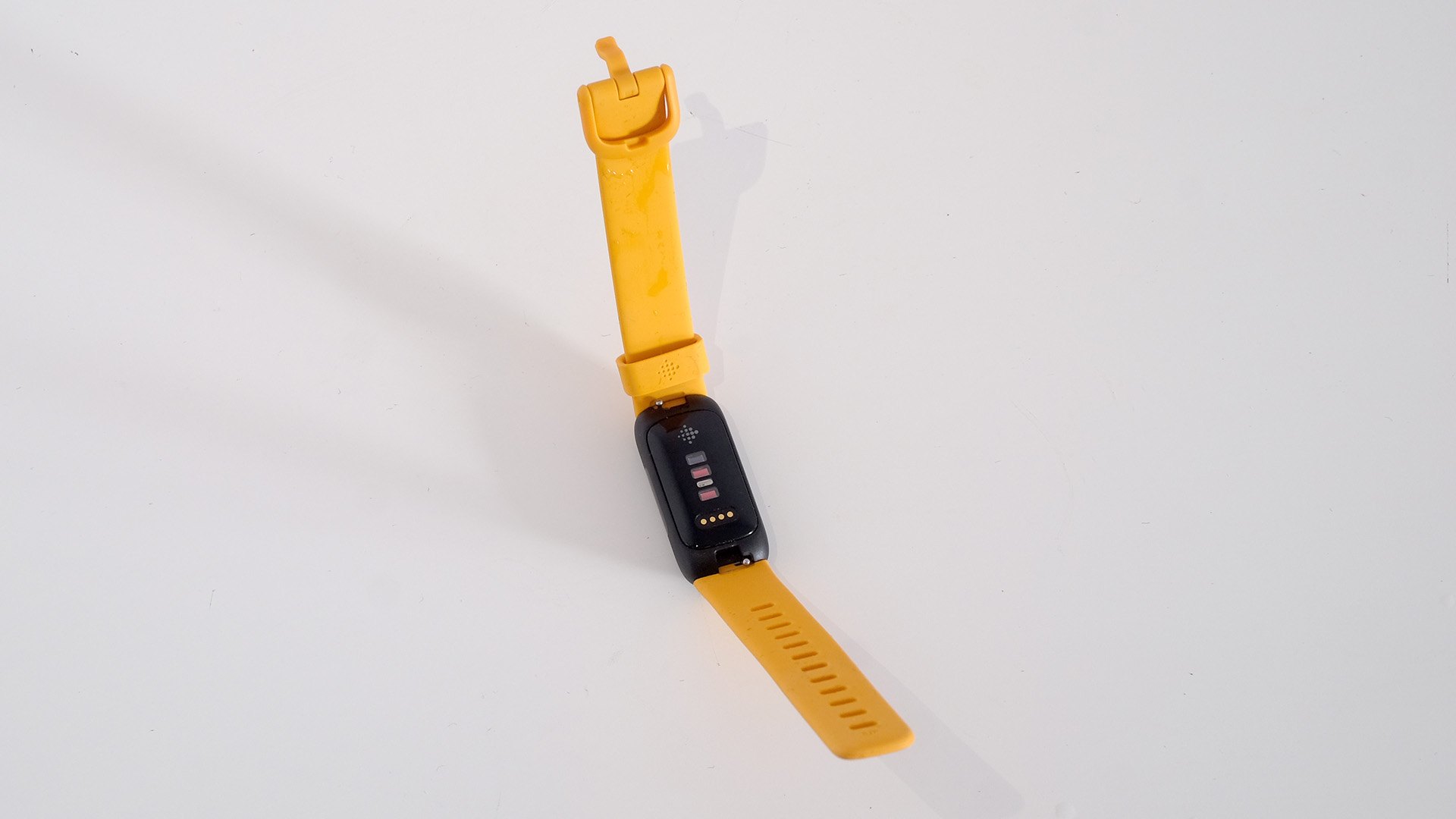
The Fitbit Inspire 3 is one of the most enjoyable basic fitness trackers around. We don't use the term "basic" as a pejorative either: There's nothing wrong with a tracker made mostly to sit on your wrist, counting steps and looking at your heart rate without expecting much attention.
You'll often forget you're wearing the Inspire — in the best possible way. And if you want it to do more, connected GPS lets it act like a runner's watch when you exercise outdoors with your phone.
Still, the Fitbit Inspire 3 costs almost twice as much as some of its similarly-capable rivals, and we don't love that Fitbit is going to get rid of some of the most fun parts of its app soon.
If this isn’t for you
If you're a runner, you might want to upgrade to the Fitbit Charge 5. It has GPS, letting the watch track your location accurately even if you don't take a phone with you.
However, the Inspire 3's more critical rivals are from other companies. And a lot of them are cheaper. The Honor Band 6 has a much larger screen, of great quality, which presents mid-workout stats better. It can be found at around half the cost.
Xiaomi's Mi Smart Band 7 is also a lot cheaper, has a larger display and is otherwise close to the Fitbit in design. With the future of Fitbit's software platform looking uncertain, these are great alternatives.
Andrew Williams is a freelance journalist based near London. He has written about tech for over a decade, contributing to sites such as WIRED, TechRadar, TrustedReviews, Wareable, Stuff, T3, Pocket-lint and many others. When he's not covering fitness tech, he writes about mobile phones and computing, as well as cameras.
